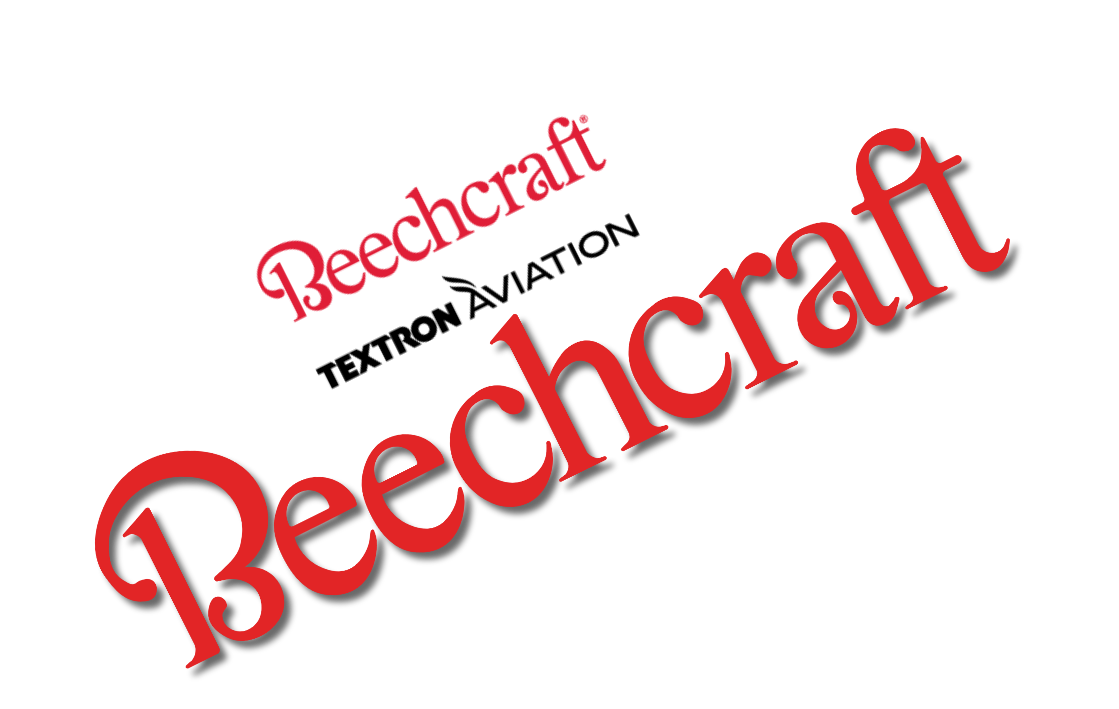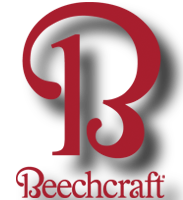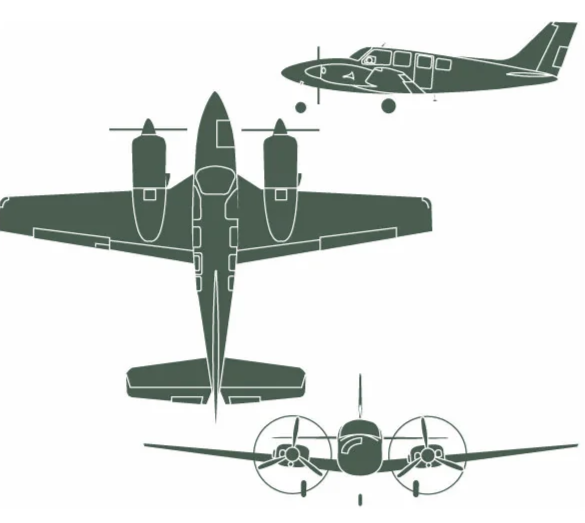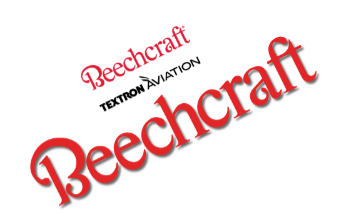Beech Aircraft
G55/58 Baron
|
|||||||||||||||||||||||
|
|
|
|---|
.
History Beech Aircraft Corporation
Beechcraft G55/58 Baron
First flight February 29, 1960
Produced 1961–present

The Beechcraft Baron is a light twin-engined piston aircraft designed and produced by Beechcraft. The aircraft was introduced in 1961. A low-wing monoplane developed from the Travel Air, it remains in production.
Design and development

The direct predecessor of the Baron was the Beechcraft 95 Travel Air, which incorporated the fuselage of the Bonanza and the tail control surfaces of the T-34 Mentor military trainer. To create the new airplane, the Travel Air's tail was replaced with that of the Beechcraft Debonair, the engine nacelles were streamlined, six-cylinder engines were added, and the aircraft's name was changed. In 1960, the Piper Aztec was introduced, using two 250 hp Lycoming O-540 engines; Cessna too had improved its 310 with two Continental IO-470 D, producing 260 hp. Meanwhile, Beechcraft's Bonanza had been improved with a Continental IO-470-N. But the answer to competition was to make a true twin-engined variant of the Bonanza. The first model, the 55, was powered by two six-cylinder IO-470-L engines producing 260 hp at 2,625rpm each; it was introduced in 1961. The first Baron included the fully-swept vertical stabilizer of the Debonair while still retaining the four to four+five place seating of the Travel Air.
Variants
Barons come in three basic types: the Baron 55 (short body), Baron 56 (short body) and Baron 58 (long body), with several sub-variants each.
Baron 55



The early Baron 55, A55 and B55 were fitted with 260 hp (190 kW) Continental IO-470 engines and had gross weights of 4880 to 5100 lb (2,200 to 2,300 kg). These had a typical cruise speed of 190 knots (350 km/h) at 7000 ft (2100 m), and came with 116 or 136 US gallon (440 or 515 L) fuel tanks. Although its performance was eclipsed by the later variants, the B55 continued to be offered as the basic economy model until the end of the Baron 55 model run, and it would ultimately capture about half of total 55-series sales.
Photo Gallery
Beech Aircraft Corporation
Beechcraft G55/58 Baron


Beech Aircraft Corporation
Beechcraft G58 Baron
General Info
-
-
-
- Crew: 1
- Capacity: 6 passengers
- Length: 28 ft 0 in (8.53 m)
- Wingspan: 37 ft 10 in (11.53 m)
- Height: 9 ft 7 in (2.92 m)
-
-
Powerplant
-
- Empty weight: 3,156 lb (1,432 kg)
- Max takeoff weight: (2,313 kg)
- Fuel capacity: 100 US gal (83 imp gal; 380 L) usable fuel (normal), 136 US gal (113 imp gal; 510 L) with optional tanks
- Powerplant: 2 × Continental IO-470-L air-cooled six-cylinder horizontally opposed engines, 260 hp (190 kW) each
Performance
- Maximum speed: (236 mph, 380 km/h) at sea level
- Cruise speed: 180 kn (210 mph, 330 km/h) at 12,000 ft (3,700 m) (55% power)
- Range: 942 nmi (1,084 mi, 1,745 km) at 10,500 ft (3,200 m), 65% power, 45 min reserves
- Service ceiling: 19,700 ft (6,000 m)
Links to Youtube & Others
Sometimes a design simply works. And when it does, there’s no sense spending massive amounts of time and money trying to replace it. For 50 years, the Beechcraft Baron has been at the pinnacle of personal air transportation.
Beechcraft Aircraft
Beechcraft G58 Baron
The Beechcraft Baron is a light twin-engined piston aircraft designed and produced by Beechcraft
Youtube Link
What is it about a Baron? How is it that such a big, heavy, fast airplane can fly so beautifully? The reasons are hard to pinpoint, but there’s no doubt Beech did it right in the early 1960s with the introduction of the Baron, and today’s model offers more than ever.











.png)



